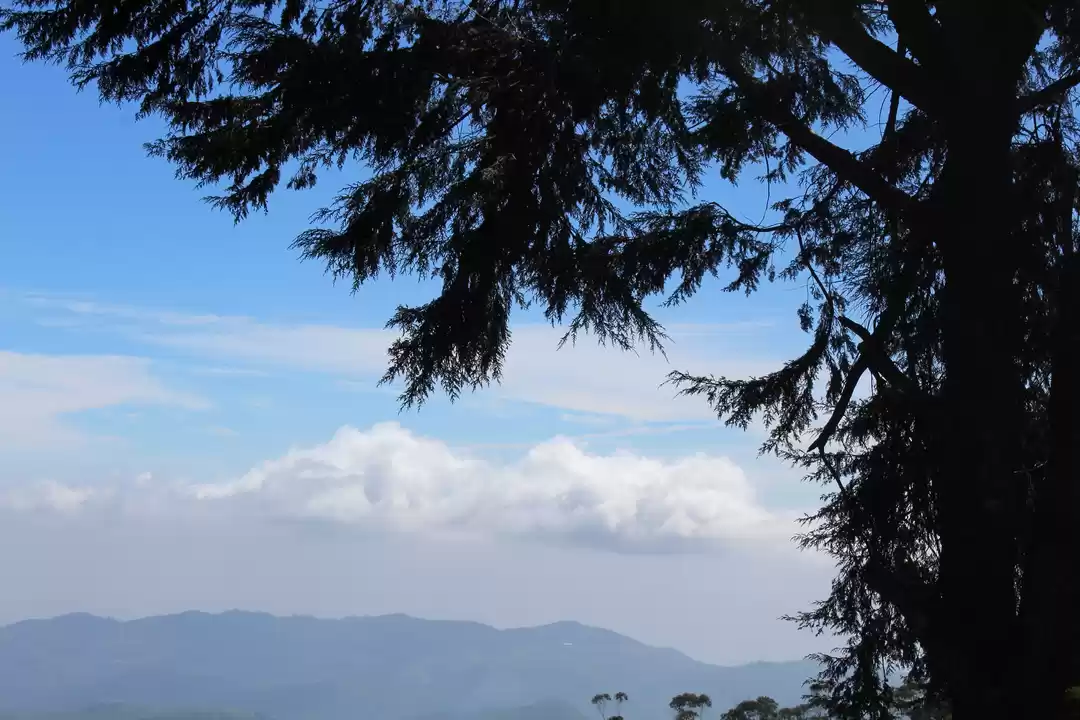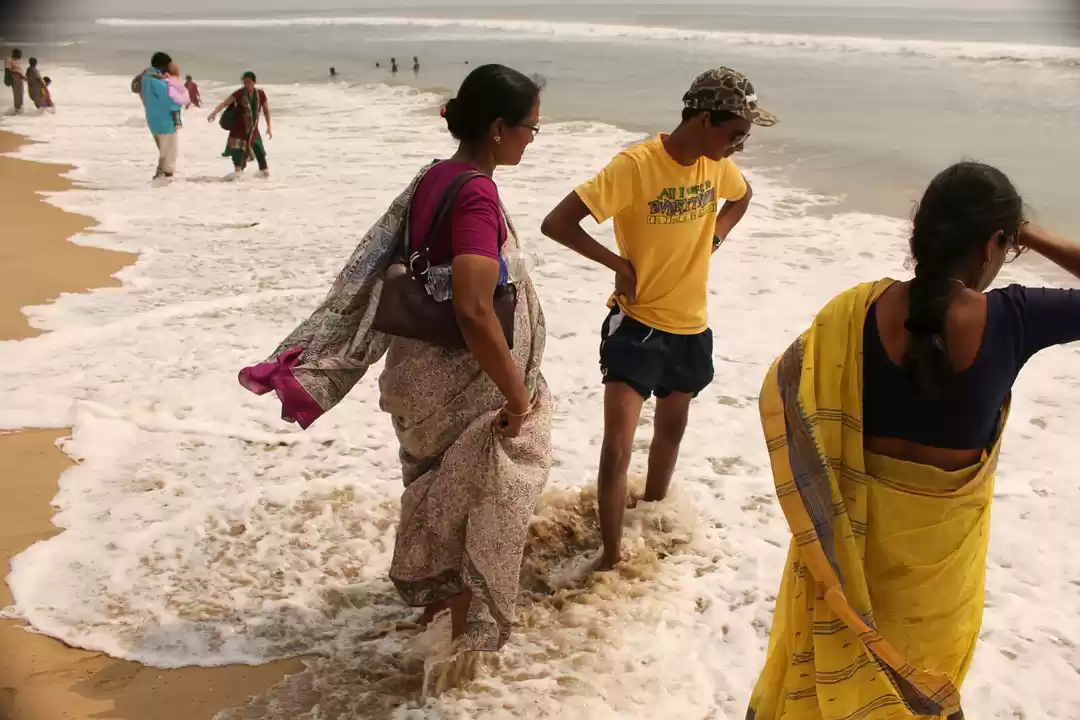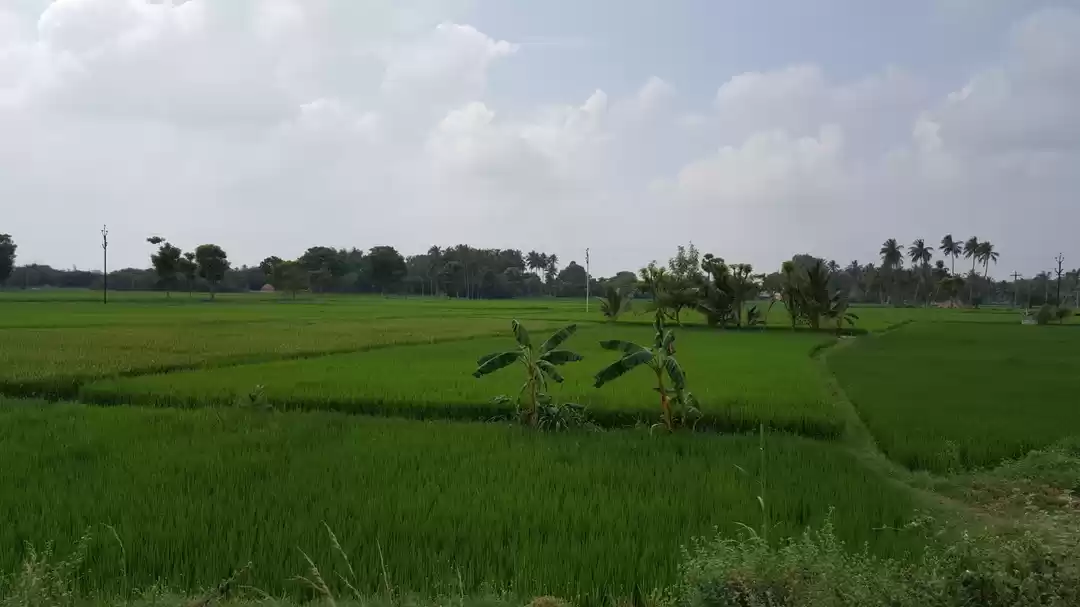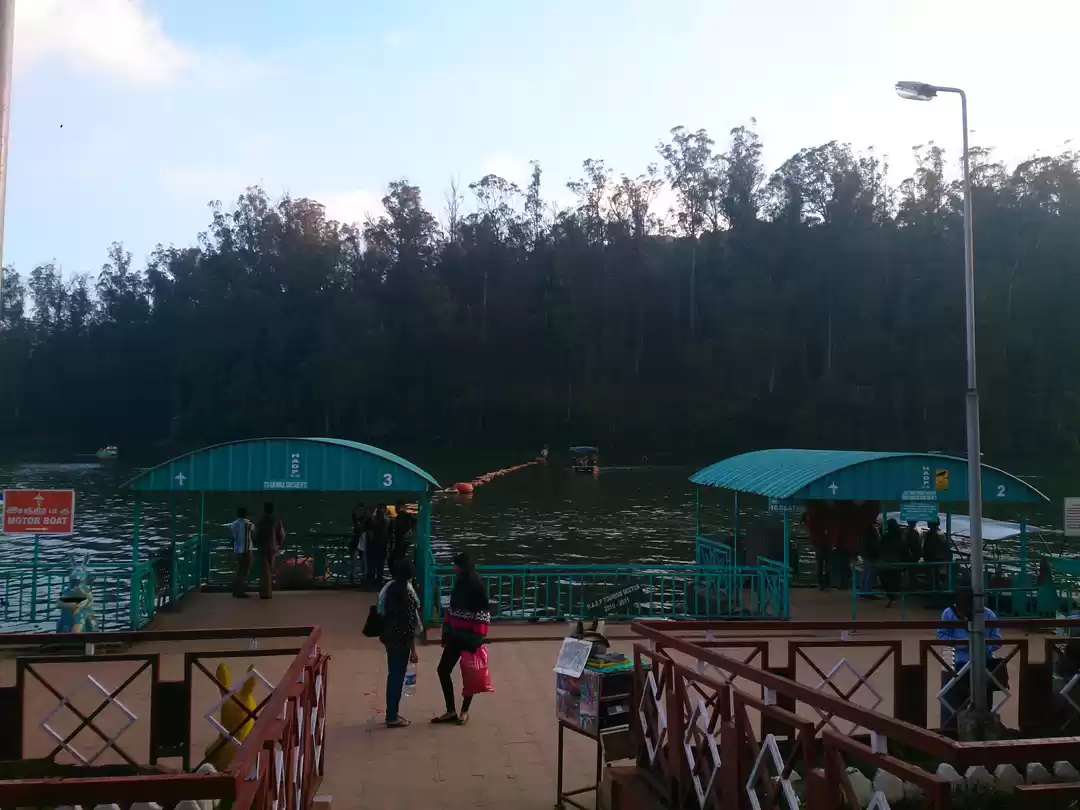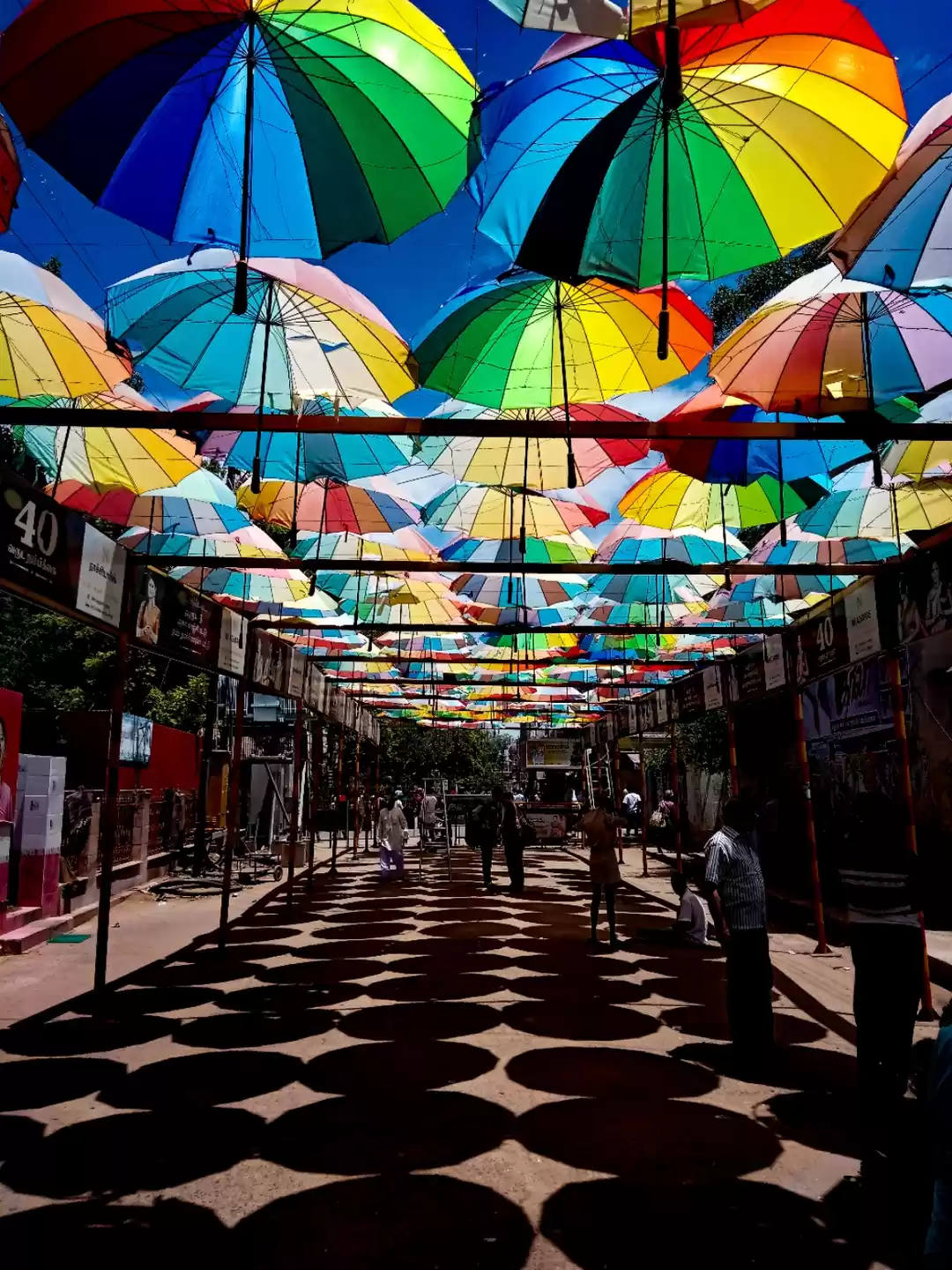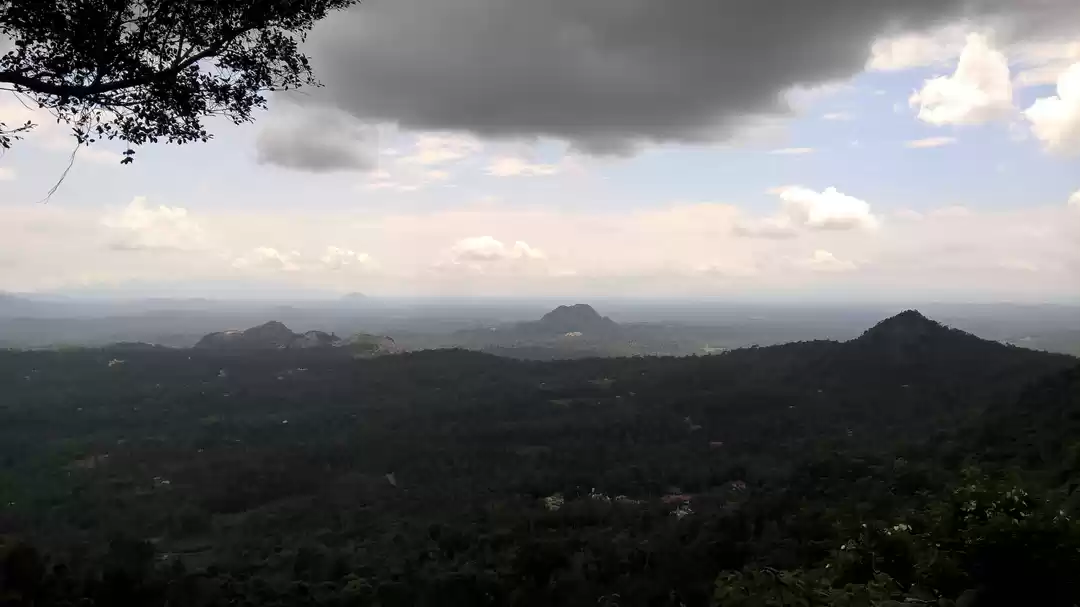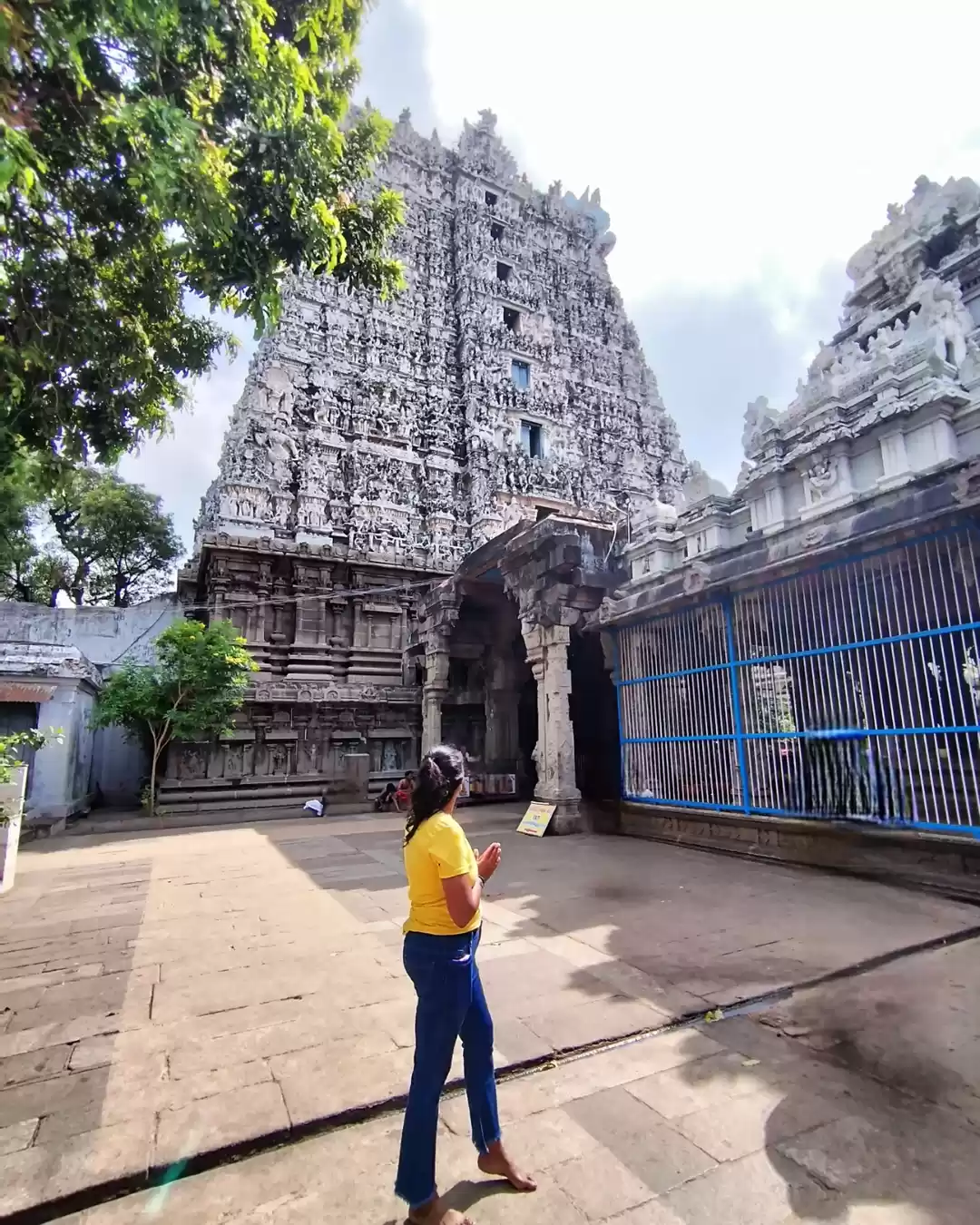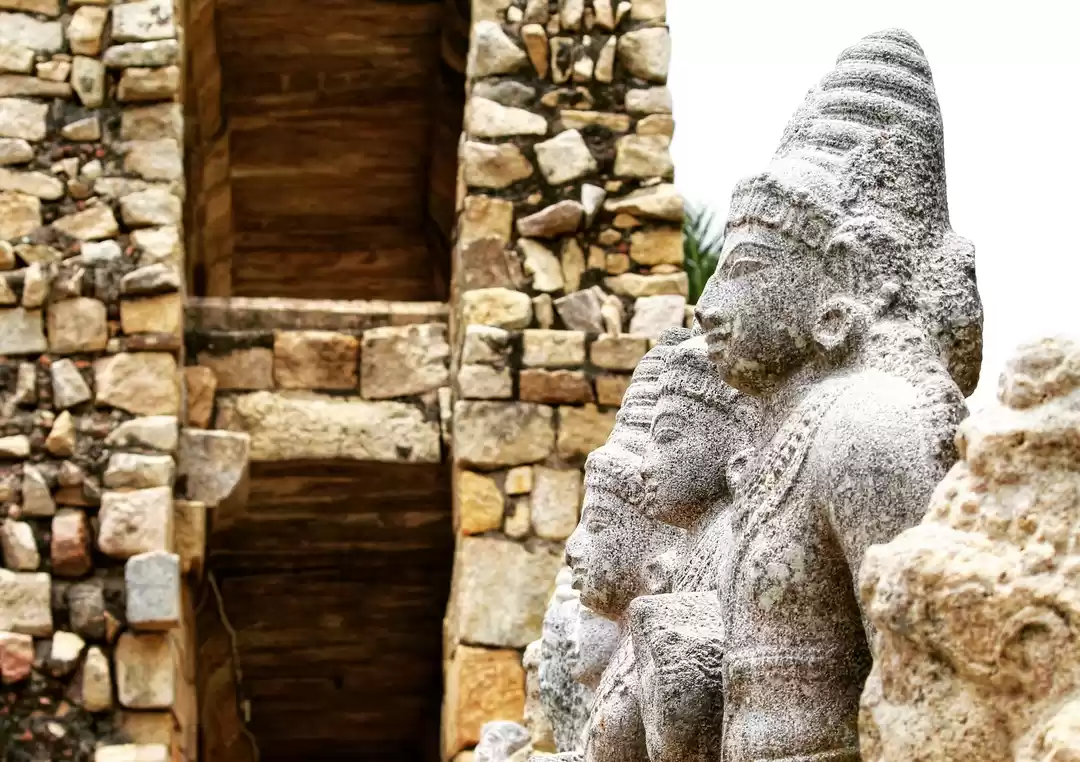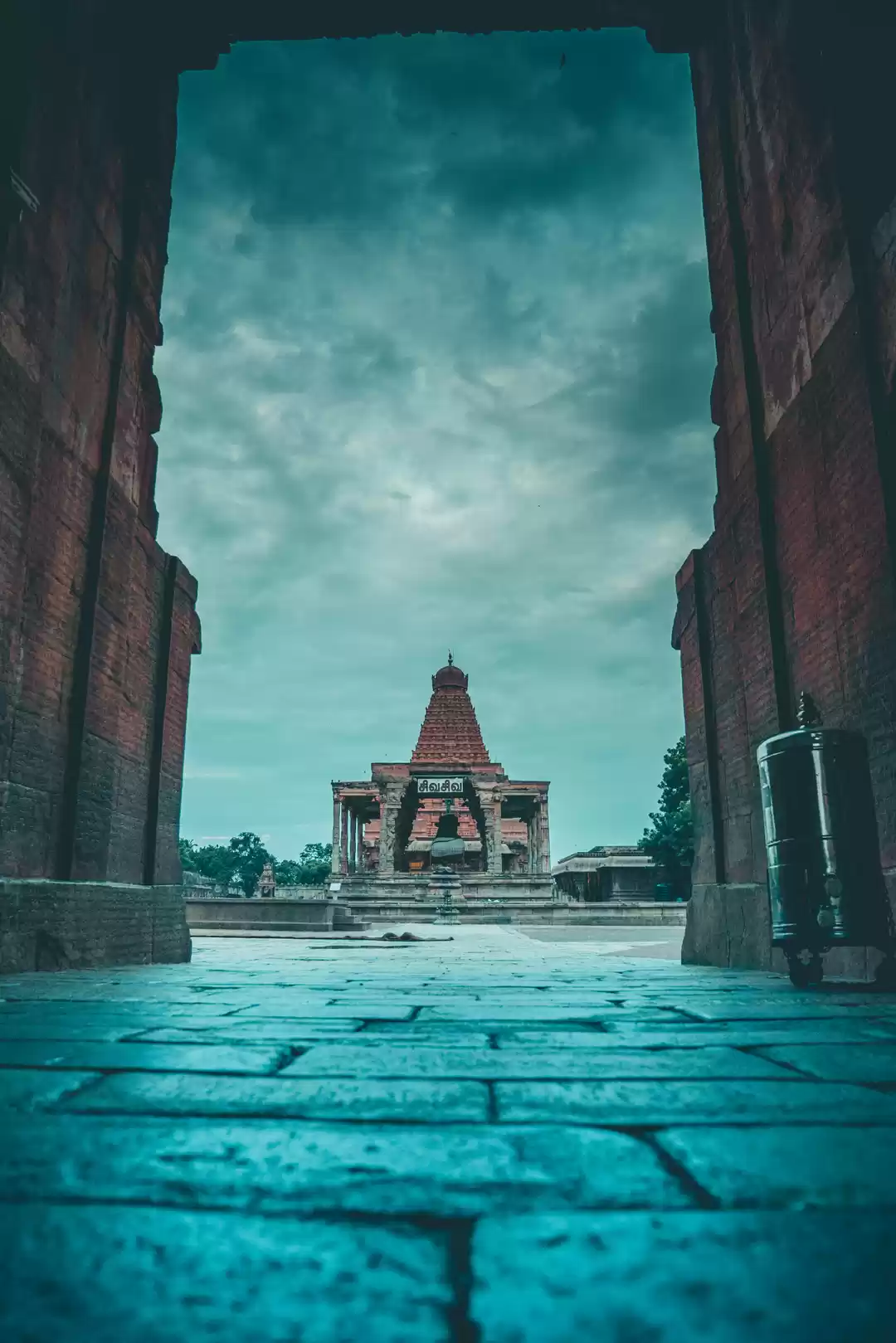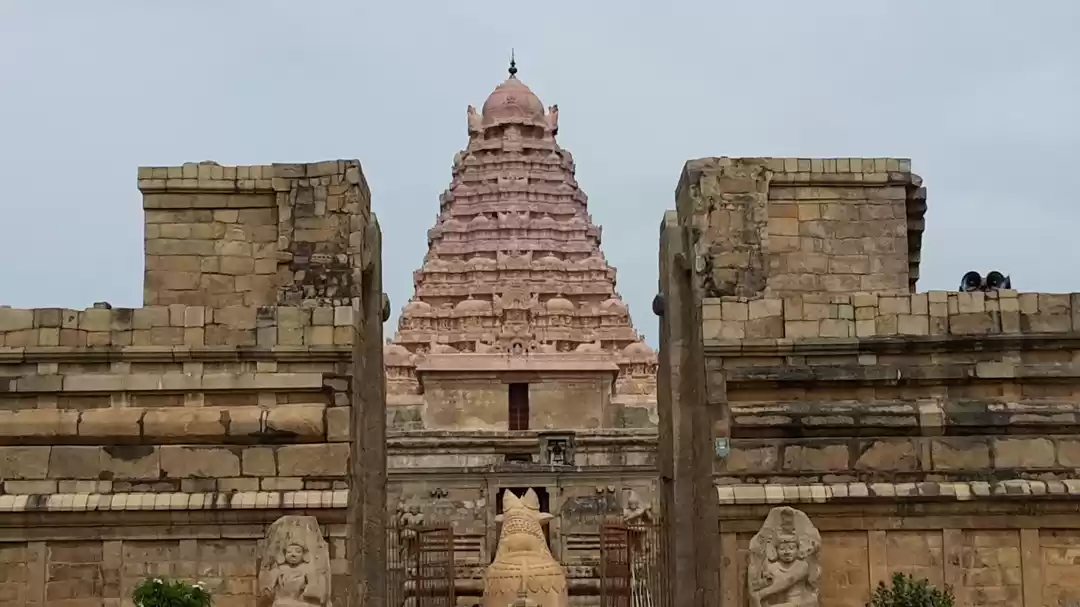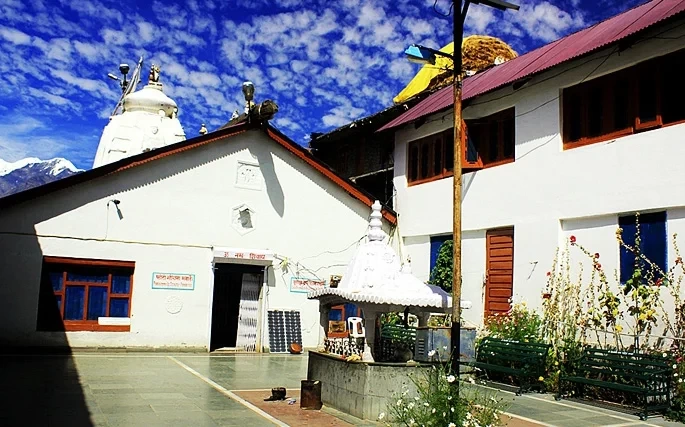Gangaikonda Cholapuram, meaning “the city of the Chola who brought the Ganges”, is a UNESCO World Heritage Site and a part of the Great Living Chola Temples, along with the Brihadeeswara Temple in Thanjavur and the Airavatesvara Temple in Darasuram. The town was once the capital of the Chola empire, and the temple was built by Rajendra I, the son of Raja Raja Chola, who conquered the Ganges River and brought its water to the temple. The temple is dedicated to Lord Shiva and is considered as one of the finest examples of the Dravidian architectural genre.
In this article, we will tell you everything you need to know about Gangaikonda Cholapuram, its history, architecture, significance, and how to plan your trip to this amazing place. We will also introduce you to some of the other attractions and experiences near Gangaikonda Cholapuram that you can explore and enjoy. So, let’s get started!
The History and Significance of Gangaikonda Cholapuram

Gangaikonda Cholapuram was founded by Rajendra I, the son and successor of Raja Raja Chola, who ruled the Chola empire from 1014 to 1044 CE. The most prominent feature of the city was the temple of Lord Shiva, which Rajendra I built as a replica of his father’s Brihadeeswara Temple in Thanjavur. The temple was also a symbol of his devotion and gratitude to Lord Shiva, who he believed had helped him in his conquests.
The city and the temple flourished for about two centuries, until the decline and fall of the Chola empire. The city was sacked and plundered by the later invaders and rulers, such as the Pandyas, the Hoysalas, the Delhi Sultanate, and the Vijayanagara Empire. The temple was also damaged and neglected, and lost its original glory and grandeur. However, the temple was not completely destroyed, and some of its features and sculptures survived the ravages of time and history. The temple was also restored and preserved by the Archaeological Survey of India and the UNESCO, who recognized it as a World Heritage Site in 1987, along with the other Great Living Chola Temples.
The Architecture and Features of Gangaikonda Cholapuram Temple
The Gangaikonda Cholapuram Temple is a masterpiece of the Dravidian architectural style, which is characterized by the use of granite, sandstone, and brick, and the elaborate and intricate carvings and sculptures. The temple is built on a square plan, and faces east. The temple complex consists of several structures and components, such as the gopuram, the vimana, the mandapa, the sanctum, and the prakara.
The gopuram, or the gateway tower, is the entrance to the temple complex. It is 30 meters high, and has nine tiers. The gopuram is decorated with sculptures of various deities, animals, and mythical creatures, such as the nandi, the lion, the elephant, the makara, and the kirtimukha.
The vimana, or the tower over the sanctum, is the most impressive and dominant feature of the temple. It is 55 meters high, and has 16 tiers. The vimana is considered as one of the tallest and most elegant in South India, and is comparable to the Brihadeeswara Temple in Thanjavur.
The mandapa, or the hall, is the structure that connects the gopuram and the sanctum. It is 30 meters long, and has 16 pillars. The mandapa is used for conducting rituals and ceremonies, and for accommodating the devotees. The mandapa is embellished with sculptures of various deities, such as the ashta dikpalakas, or the guardians of the eight directions, the navagrahas, or the nine planets, and the sapta matrikas, or the seven mothers.
The sanctum, or the garbhagriha, is the innermost and the most sacred part of the temple. It is where the main deity of the temple, Lord Shiva, is enshrined. The sanctum has a huge lingam, or the phallic symbol of Shiva, that is 4 meters high, and is made of black granite.
The prakara, or the wall, is the structure that encloses and protects the temple complex. It is 6 meters high, and has four gates. The prakara is also decorated with sculptures of various deities, such as the dwara palakas, or the doorkeepers, the ganas, or the attendants of Shiva, and the saptarishis, or the seven sages.
The Travel Guide and Tips for Visiting Gangaikonda Cholapuram
If you are planning to visit Gangaikonda Cholapuram and experience its beauty and splendour, here are some practical and useful information and tips that will help you make the most of your trip.
The best time to visit Gangaikonda Cholapuram is between October and March, when the weather is pleasant and comfortable, and the temple is less crowded.
The entry fee to the temple is Rs. 10 for Indian nationals, and Rs. 250 for foreign nationals.
The temple is open from 6 am to 12 pm, and from 4 pm to 8 pm, every day. The temple is also accessible for people with disabilities and has ramps and wheelchairs available.
How to reach Gangaikonda Cholapuram
To reach Gangaikonda Cholapuram, you have several options, depending on your location and preference.
By bus: The nearest bus stand is in Jayankondam, which is about 10 km away from the temple. You can take a bus from Chennai, Pondicherry, Trichy, or Thanjavur to Jayankondam, and then take a taxi, an auto-rickshaw, or a local bus to the temple.
By air: The nearest airport is in Trichy, which is about 100 km away from the temple. You can take a flight from Delhi, Mumbai, Bangalore, or Hyderabad to Trichy, and then take a taxi, a bus, or a train to the temple.
By train: The nearest railway station is in Kumbakonam, which is about 35 km away from the temple. You can take a train from Chennai, Coimbatore, Madurai, or Rameswaram to Kumbakonam, and then take a taxi, a bus, or an auto-rickshaw to the temple.
Where to stay in Gangaikonda Cholapuram
To stay near Gangaikonda Cholapuram, you have a few options, depending on your budget and comfort. The top hotels near the temple are Mantra Veppathur Resort, Quality Inn Viha and Hotel Metro.
The Other Attractions and Experiences Near Gangaikonda Cholapuram
If you have some extra time and energy, you can also visit some of the other attractions and experiences near Gangaikonda Cholapuram that will make your trip more enjoyable and memorable. Some of the best ones are:
1. The other UNESCO monuments in Tamil Nadu that are part of the Great Living Chola Temples, such as the Brihadeeswara Temple in Thanjavur, the Airavatesvara Temple in Darasuram, and the Nilgiri Mountain Railway in Ooty.
2. The local cuisine and the specialities of the region, such as the Chettinad dishes, the idli, the dosa, the sambar, the rasam, and the filter coffee.
3. The cultural events and the festivals that are celebrated in and around the temple, such as the Shivaratri, the Thaipusam, the Pongal, and the Natyanjali.
4. The virtual tour of the temple and its surroundings, which you can access from the link below . This is a 360-degree view of the temple and its surroundings, which you can explore and experience from the comfort of your home or your device.
We hope that this article has given you a comprehensive and informative overview of Gangaikonda Cholapuram, and has inspired you to visit this amazing place. Gangaikonda Cholapuram is a living legacy of the Chola empire, and a testimony to their greatness and glory. It is a place where you can witness the architectural marvels and artistic wonders of the Chola dynasty, and learn more about their history and culture. It is also a place where you can experience the beauty and splendour of the temple and its surroundings, and enjoy some of the other attractions and experiences near the temple.
So, what are you waiting for? Book your trip to Gangaikonda Cholapuram today, and get ready for an unforgettable adventure!









